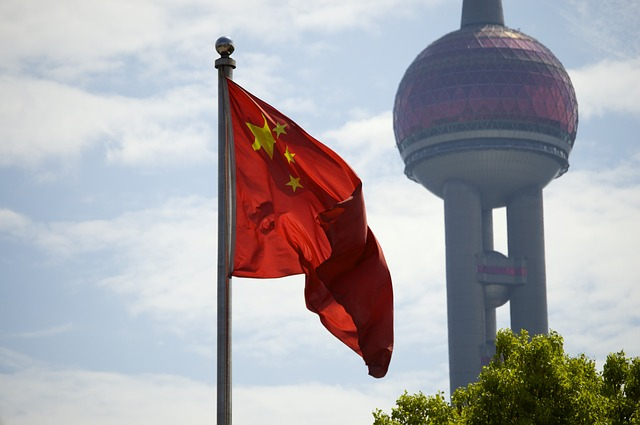It looks like China has grown a step closer to its efforts of setting up a permanent international Space Station as it's unmanned spacecraft has made a successful return to Earth after 68 hours of orbiting.
The East Asian country launched the unmanned Long March-5B rocket on May 6. According to China Manned Space Agency (CMSA), the rocket landed safely after orbiting Earth for two days and 20 hours. This was China's test before sending a manned spaceflight to set up its own space station by 2022.
Experiments conducted by Long March-5B

Though there were reports of a small anomaly, no details in this regard are available. But CMSA reported that the rocket had returned intact in a safe condition. The unmanned spacecraft also is said to have completed some experiments including 3D printing. China Aerospace Science and Technology Corp and China Aerospace Science and Industry Corp (both state-owned) worked on research, development and launch of the new rocket and its payload.
The Changzheng Long March 5B heavy transportation rocket took off from Wenchang Satellite Launch Center in Hainan at dusk on May 6. The rocket was 53-metre tall with a 22-ton payload. It orbited about 2,000 kilometres above the ground level of Earth eight minutes after its takeoff.
With the successful return of the rocket, China plans manned spacecraft launch to set up its own space station by 2022 and then also plans to send astronauts to the Moon. After setting up the space station, China wants to complete four-crewed space missions with six astronauts each in each mission.
China's previous efforts that failed
Reportedly, this is the third phase of Tiangiong (Space station program of China, which aims at setting up a modular space station). China had attempted to build the space station earlier too. It's first mission Tiangong -1 got burnt at the re-entrance in the atmosphere on April 2, 2018. The second experiment named Tiangong-2 station also met a similar fate when it got burnt over the South Pacific Ocean on July 19, 2019.
But with the third experiment proving to be successful, it looks like China is growing closer to its Space mission dream. China's space station is likely to be build taking the model of Russian space station Mir into account.
China's earlier efforts including Changzheng 7A and Changzheng 3B rockets had failed to conquer the Earth's gravity that were launched in March and April, respectively. With this China has surpassed the Indian Space Research Organisation (ISRO) that had similar plans. But due to lockdown restrictions, the plan remains uncertain yet.









